>> Yen Bai unleashes internal strength to build sustainable new rural areas
>> Yen Bai continues to be a bright spot in new rural construction
>> New rural areas - new look in Yen Bai
>> Yen Bai spends over 19 trillion VND to implement the New Rural Development Program in 2025
>> Building new rural areas in Yen Bai: People are the main subject and people's consensus is the key factor
The movement "The whole country joins hands to build new rural areas" has been deployed specifically to remote villages and hamlets, creating a great influence in the community. In that journey, the fundamental factor is the change from awareness to action of each person.
Spreading new rural construction
From 2011 to present, people in the whole province have contributed over 4,500 billion VND in cash, materials, labor days, machinery; donated over 4.5 million square meters of residential land, rice fields, garden land, forest land and millions of labor days to build rural roads, schools, cultural houses, clean water works, electricity grids, concentrated production models, etc.
The dry numbers have been telling beautiful stories about the spirit of solidarity, sacrifice for the benefit of the community and the aspiration to rise up of the people in the highlands of Yen Bai. A typical example is the highland commune of Nam Khat, Mu Cang Chai district, more than 10 years ago, when starting to implement the construction of the new rural area, the poverty rate was very high, accounting for over 81%; the transportation system was mainly dirt roads.
With the motto "People know, people discuss, people do, people check, people supervise, people benefit", Nam Khat commune has taken full advantage of and exploited its potentials and advantages, with many good, creative and effective ways in developing the local socio -economy in general and in building new rural areas in particular. Thanks to that, in 2024, Nam Khat commune completed 19/19 criteria for building new rural areas, becoming the first commune in Mu Cang Chai district to meet new rural standards, bringing Mu Cang Chai district out of the list of "white" new rural communes in the country.
Now, Nam Khat has not only changed its infrastructure but also strongly transformed its development thinking, creating momentum for the rural economy to break through with the implementation of a number of projects to develop production linked to the value chain associated with the consumption of high-value products, small-scale industry, trade, and services suitable to local conditions. Thereby, contributing to reducing the multidimensional poverty rate of the whole commune by the end of 2024 to 6.49%; average income per capita reaches over 46 million VND.
Flexible, efficient use of resources
One of Yen Bai’s important successes in building new rural areas is the flexible mobilization and effective use of resources. The province has proactively developed incentive and support policies for production development; at the same time, integrated and combined capital sources from national target programs, local budget capital, credit loans and especially mobilized from people and businesses.
Up to now, the total resources mobilized for the construction of new rural areas in Yen Bai are estimated at more than 20,000 billion VND, of which people and businesses have contributed about 25%, demonstrating a sense of responsibility and trust in the program. The concrete roads between villages, production models linked to the value chain, and completed welfare works are clear evidence of the effective use of resources and the drastic participation of the entire political system. Production support policies have also been implemented synchronously by Yen Bai, focusing on developing commodity agriculture, applying science and technology, and building local agricultural product brands.
Thanks to that, a series of products such as Van Yen cinnamon, Suoi Giang tea, Tu Le sticky rice, Bat Do bamboo shoots... have not only affirmed their position in the domestic market but also gradually reached out to the world. Clearly identifying the key role of infrastructure, the province has focused on synchronous, focused, and key investments to break the isolation of many difficult areas.
Thanks to that, up to now, 100% of communes in the province have paved roads to the commune center, more than 85% of village and inter-village roads are concreted, the irrigation system basically meets production requirements, over 90% of households have access to national grid electricity and clean water. Information and communication infrastructure has also received investment attention, creating conditions for people to access new knowledge, digital transformation of agriculture, promotion of OCOP products and market connection.
Building a new rural area in Yen Bai does not stop at completing infrastructure or beautifying the rural landscape, but more importantly, restructuring agriculture associated with economic restructuring and increasing people's income. The province has focused on planning and developing concentrated commodity production areas such as: Van Yen cinnamon area, Van Chan tea area, mulberry growing and silkworm raising area, Bat Do bamboo shoot area, Tram Tau and Mu Cang Chai large-scale livestock raising areas.
Along with that, there is a strong implementation of organic agricultural models, high-tech agriculture, new-style cooperatives, and value chain linkages. In particular, the "One Commune One Product" (OCOP) Program has become an important driving force to promote rural economic development. To date, the whole province has 273 OCOP products; of which, 25 products have achieved 4 stars and 248 products have achieved 3 stars.
In fact, building new rural areas in Yen Bai not only achieves the goal of increasing income but also pays special attention to preserving national cultural identity and taking care of people's spiritual life. Cultural and sports facilities are invested synchronously, and the work of preserving traditional culture is associated with the development of community tourism.
The "Happy Village" model that Yen Bai is implementing is a step to concretize the view that human development is the center, the goal and the driving force of development. Through indicators of income, security and order, environmental sanitation, education, health, and culture, this model gradually spreads the message: building a new rural area is not just about building houses and roads, but about building happy, united and civilized communities.
With a strategic vision, Yen Bai province has issued the Project on building new rural areas for the period 2021 - 2025 and orientation to 2030 in the direction of "Green, harmony, identity and happiness". This is no longer just a political slogan but has become a comprehensive development goal, both modernizing the countryside and preserving nature and culture, while putting people at the center.
Solutions for long term goals
Clearly defining the goal: building a new rural area is a long-term process with no end point. The province directs to continue improving the quality of criteria, building advanced new rural communes, model new rural areas, and typical new rural villages associated with building cultural life, protecting the environment and sustainable development. In particular, digital transformation in agriculture, circular economy, rural tourism, and green agriculture will be new directions, in line with the development trend and strengths of each locality.
Accordingly, the province focuses on training rural human resources, improving management capacity for grassroots cadres, promoting the role of people in the process of building and monitoring the program, aiming to build a green NTM model from organic farming to using clean energy, from waste classification at source to ecological landscape design to improve the quality of life for people.
Promoting internal strength is not only a solution but also a sustainable development mindset. With high political determination, the synchronous participation of the entire political system and especially the proactive, creative and united spirit of the people, Yen Bai is gradually turning the goals of building new rural areas into vivid reality. The achievements have been an important premise for the province to continue to make stronger breakthroughs, build advanced new rural areas, model new rural areas, towards a green, harmonious, unique and happy Yen Bai, where each land truly becomes a livable countryside.
| After more than a decade of implementing the new rural construction program, up to now, the whole province has 115/146 communes meeting new rural standards, reaching 78.7%; 39 communes meeting advanced new rural standards; 13 communes meeting model new rural standards; 5 district-level units meeting standards, completing the task of building new rural areas; in which, Tran Yen district is striving to become an advanced new rural district. The success of building new rural areas has helped Yen Bai effectively implement the goal of rapid and sustainable poverty reduction. By the end of 2024, the poverty rate in the whole province will decrease to 5.68%, equivalent to about 12,575 poor households. In the two mountainous districts of Tram Tau and Mu Cang Chai, the poverty rate has decreased by an average of 6.89% and 9.45% per year, respectively. |
Thanh Tan
Source: https://baoyenbai.com.vn/12/350806/Yen-Bai-dot-pha-xay-dung-nong-thon-moi.aspx



![[Photo] Vietnamese and Hungarian leaders attend the opening of the exhibition by photographer Bozoky Dezso](https://vphoto.vietnam.vn/thumb/1200x675/vietnam/resource/IMAGE/2025/5/28/b478be84f13042aebc74e077c4756e4b)
![[Photo] General Secretary To Lam works with the Central Policy and Strategy Committee](https://vphoto.vietnam.vn/thumb/1200x675/vietnam/resource/IMAGE/2025/5/28/7b31a656d8a148d4b7e7ca66463a6894)
![[Photo] Prime Minister Pham Minh Chinh receives a bipartisan delegation of US House of Representatives](https://vphoto.vietnam.vn/thumb/1200x675/vietnam/resource/IMAGE/2025/5/28/468e61546b664d3f98dc75f6a3c2c880)
![[Photo] 12th grade students say goodbye at the closing ceremony, preparing to embark on a new journey](https://vphoto.vietnam.vn/thumb/1200x675/vietnam/resource/IMAGE/2025/5/28/42ac3d300d214e7b8db4a03feeed3f6a)

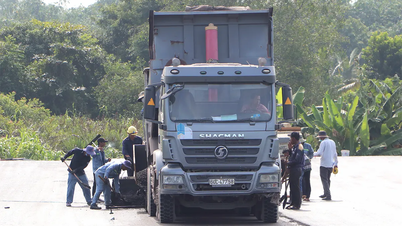


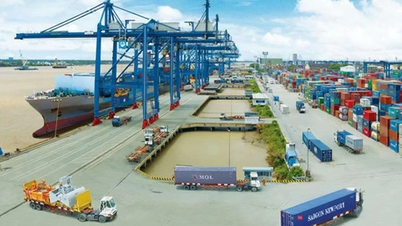
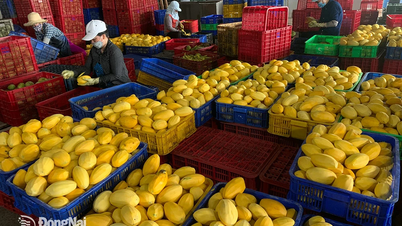
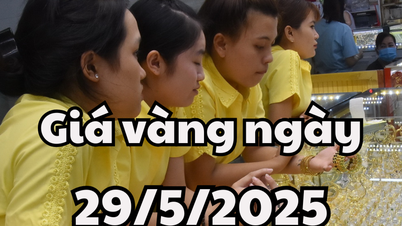

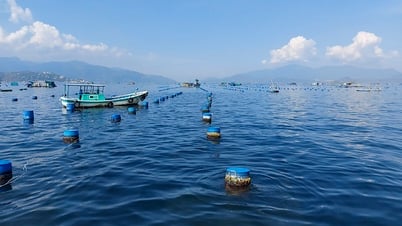





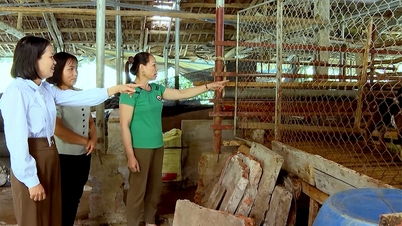

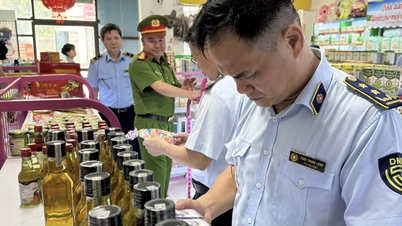
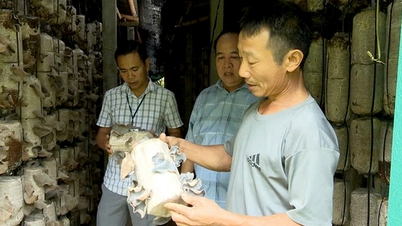
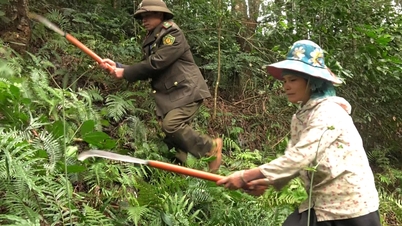
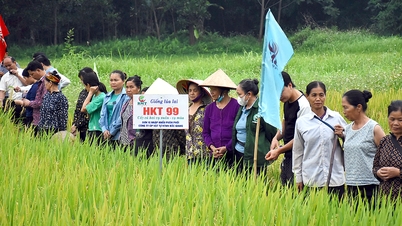


















































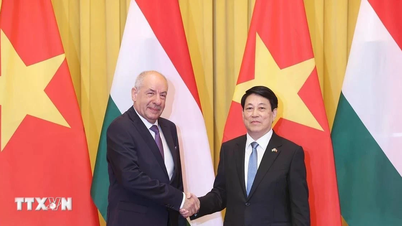

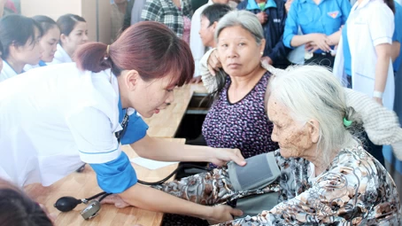








Comment (0)